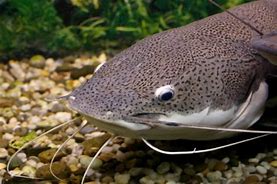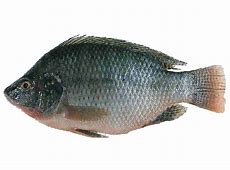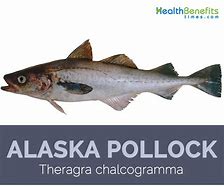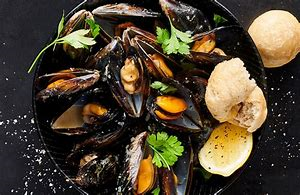Somehow, an unfinished draft of my fish post was published on Christmas Day! I clicked on publish instead of save, but I didn’t notice until weeks later when I started working on the post again.

Catfish
Then and now, I really wanted to click delete. Nutritionists tell us to eat fish twice weekly, but the information I was amassing about fish and the supply chain was just too depressing. So, I have been avoiding this post, but I don’t have much else to do as I sit out another snow storm in my new home base that boasts a “mild winter climate.” I told Tango, who has an equally horrid case of cabin fever, “time to finish the fish post.”
The news about fish should be all positive, It has a low carbon footprint compared to beef. Many species, like tilapia, can be easily farmed and have a great potential for feeding the bursting world population. Farmed shellfish is super sustainable. Fish is a healthy food, at least in theory. So, what is the bad news? Here are the disheartening facts, gleaned from reliable sources:
- 80% of our fish is imported, increasing its carbon footprint
- That imported fish is often tainted with hormones, antibiotics, pesticides, and all kinds of other nasty stuff. Right now, the FDA has a ban on certain fish products from China because they are too contaminated.
- The oceans and the fish in them are a mess from plastic and other pollutants and inland waterways are no better.
- Catching your own fish seems like a fun solution for people like myself, but rivers and streams are sometimes so polluted you can’t eat anything you catch. I have seen signs on the beaches around me (Olympic Peninsula, WA) that warn against eating clams or others shellfish due to toxic levels of nasty chemicals.
- Furthermore, many of the world’s fisheries are overfished and declining, leaving us with not just health concerns, but valid worries about sustainable sources of fish
So, if you want fish produced in the U.S, where we have both health and production standards, you may reach for a bag of frozen fish that says, “Caught in Alaska.” Think again! Since the U.S. requires that all packaged fish list country of origin, I started reading the bags of frozen fish in Safeway, Walmart, and QFC (a big NW chain). What a shocker. Even the “Caught in Alaska” fish is processed in either Russia or China. Some fish is from Indonesia, Vietnam, or South America. Every single bag of frozen fish came from somewhere else, often crossing the ocean several times via the energy-guzzling transportation network before it found a place in a frozen food case in Walmart.
That just grosses me out, on all levels. So, how can someone like me, who comes from a family with heart-disease, eat healthy, eco-friendly fish twice a week? I am starting to follow these guidelines:
- Stay low on the food chain: that means eating fish that eat plants, not other fish. The top of the food chain includes big fishes, like shark and tuna. The bottom of the food chain includes many types of white fish and also shellfish (clams, oysters, mussels, shrimp), which are easy to farm and now readily available in our stores. You can find a list of sustainable wild-caught fishes here You can find another list here.
- Choose fish from U.S. waters. Look first in the “fresh” fish section of your grocery store. Sometimes these fillets are previously frozen and now thawed, but often they are wild-caught in U.S. waters. Ask the person behind the counter. They are a great source of information. The fish in those cases is not cheap, however!
- This website is your best bet for information about eco concerns. You can search for each type of fish, even downloading their app to your phone, which is quite useful when you are in the store!!!
- Be super careful about wild salmon. I am in the PNW now and am acutely aware of how rapidly the salmon fisheries are declining. This, in turn, is decimating the Orca population.
- I read several places that Alaskan Pollock is the best fish choice at the moment. It is the largest U.S. fisheries product and is not over-fished at the moment. Pollock is the white fish in fish sticks and imitation crab. However, all the processing increases its carbon footprint. You can read about the pros and cons of Pollack here.
- Always read the bag if buying frozen fish! The country of origin must be shown.

Tilapia
Farmed Fish (Aquaculture)
- Farmed tilapia is a great choice; the problem: 75% of our tilapia comes from China. Every single bag of frozen tilapia in my three grocery stores, said “China”. Our challenge is to find U.S. grown tilapia instead.
- We must seek out other fish farmed in our own country. For a complete list of “green” farm-raised fish, click here. Catfish from the south is one of our most sustainable farmed fishes.
- Click here for great information about both U.S. caught and farmed fish. I was happy to see that Washington is one of 4 states that produce large quantities of farmed fish and shellfish.
- While some fish farming has caused pollution and habitat degradation, it has an important place in our future and techniques are improving. It is a bright spot in terms of our future food security.
- Last year, a Senator from MS introduced legislation to help support aquaculture!
We have so much information now about eoc-friendly and healthy fish. You can read online for days and days. My biggest challenge now, around fish, is to find actual sources for fish farmed here or sustainably caught in U.S. waters. This is a big project, and as I dive in further, I will keep you posted.





When I got to the part about Tilapia I remembered that my sister-in-law and her husband were raising their own tilapia for consumption. The problem began when they started to name the fish and saw them as pets. I don’t think they have eaten any of their tilapia yet.
Too funny!